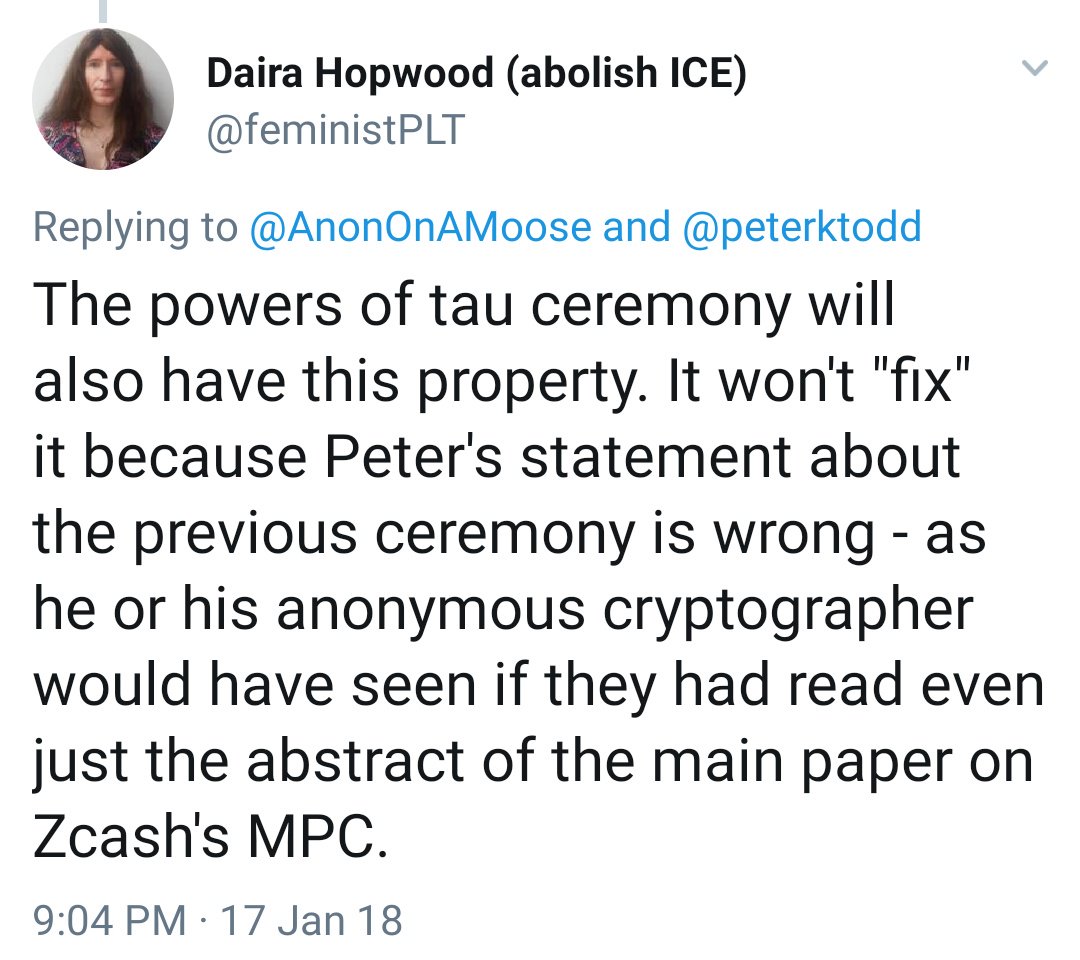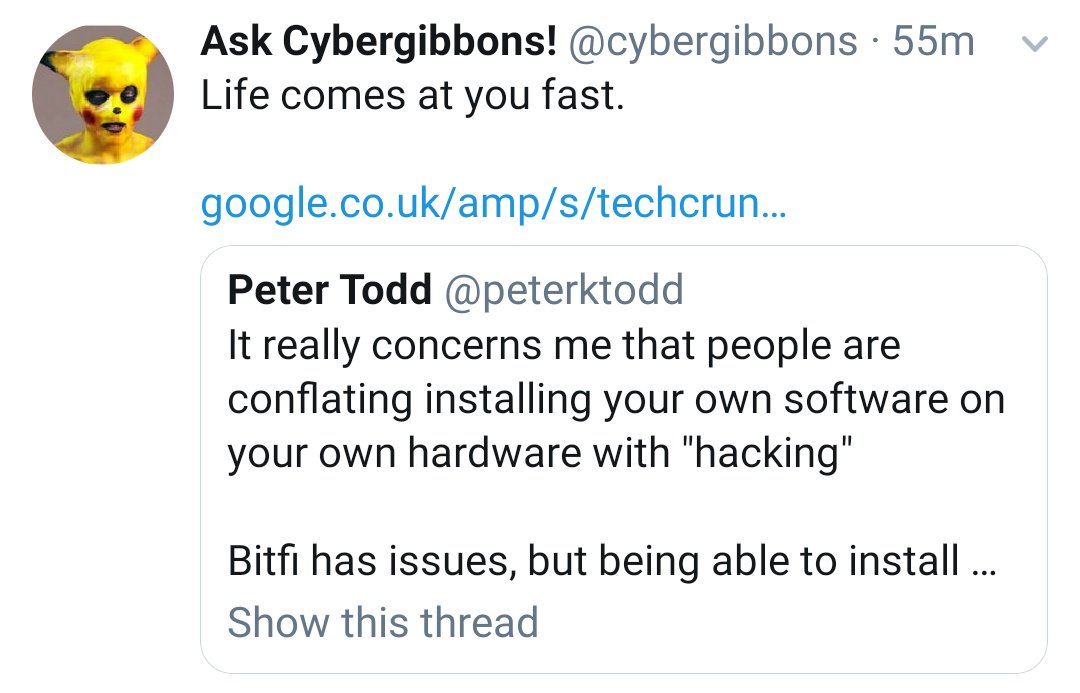0) As we know, if I have a significantly faster proof-of-time than others, I have a potential advantage.
A few precious kilobytes stream in from the wafer's neighbor at the speed of light; it's dying sound will come much later. In the center of the wafer, die #0 starts a lifetime of work, it's billions of transistors switching on and off for a short eternity....
FIN











